Keeping your kitchen cupboards clean is one of the most satisfying yet sometimes demanding tasks in the household. Your cabinetry can easily be tainted with grease and grime after cooking. If left to settle and accumulate, they may lead to bigger sanitation problems.
Remember the following tricks to clean your kitchen cupboard with ease and convenience!
1. Keep Your Cleaning Toolkit Simple
A simple cleaning toolkit includes a microfiber cloth, an all-purpose cleaner, and water. This toolkit is compatible with most types of kitchen cupboards, especially for general cleaning. Dirt, fingerprint marks, and food stains are easily removed from the surfaces.
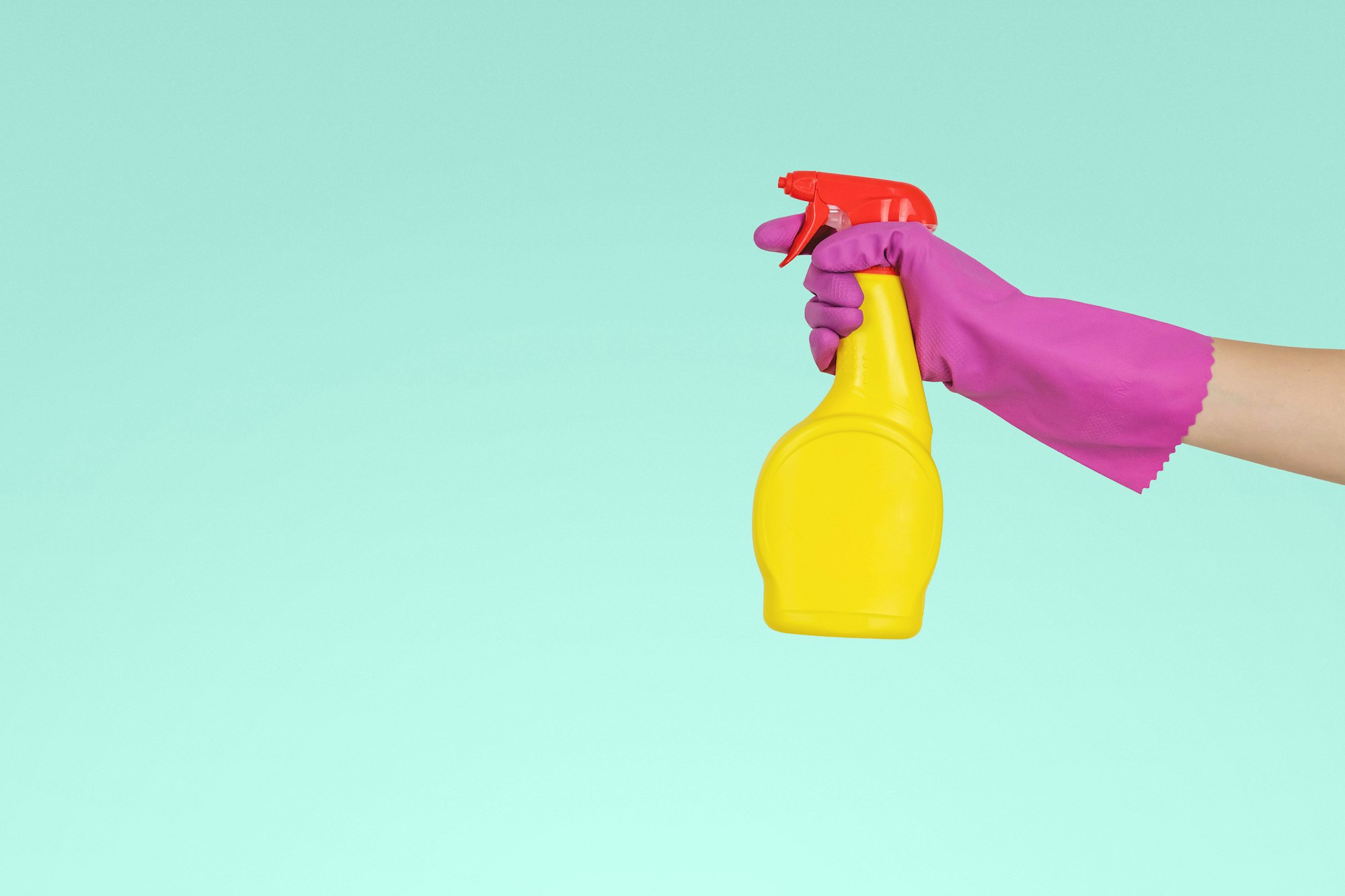
For stubborn grease, enzyme-based cleaners may be used. Just apply a generous amount of your preferred enzyme-based cleaner to the grease. The enzymes will break it down for you and there is no need for scrubbing anymore.
2. Set Your Cleaning Schedule
There are two common types of attitudes when cleaning the kitchen: cleaning regularly and cleaning at a specific time only.
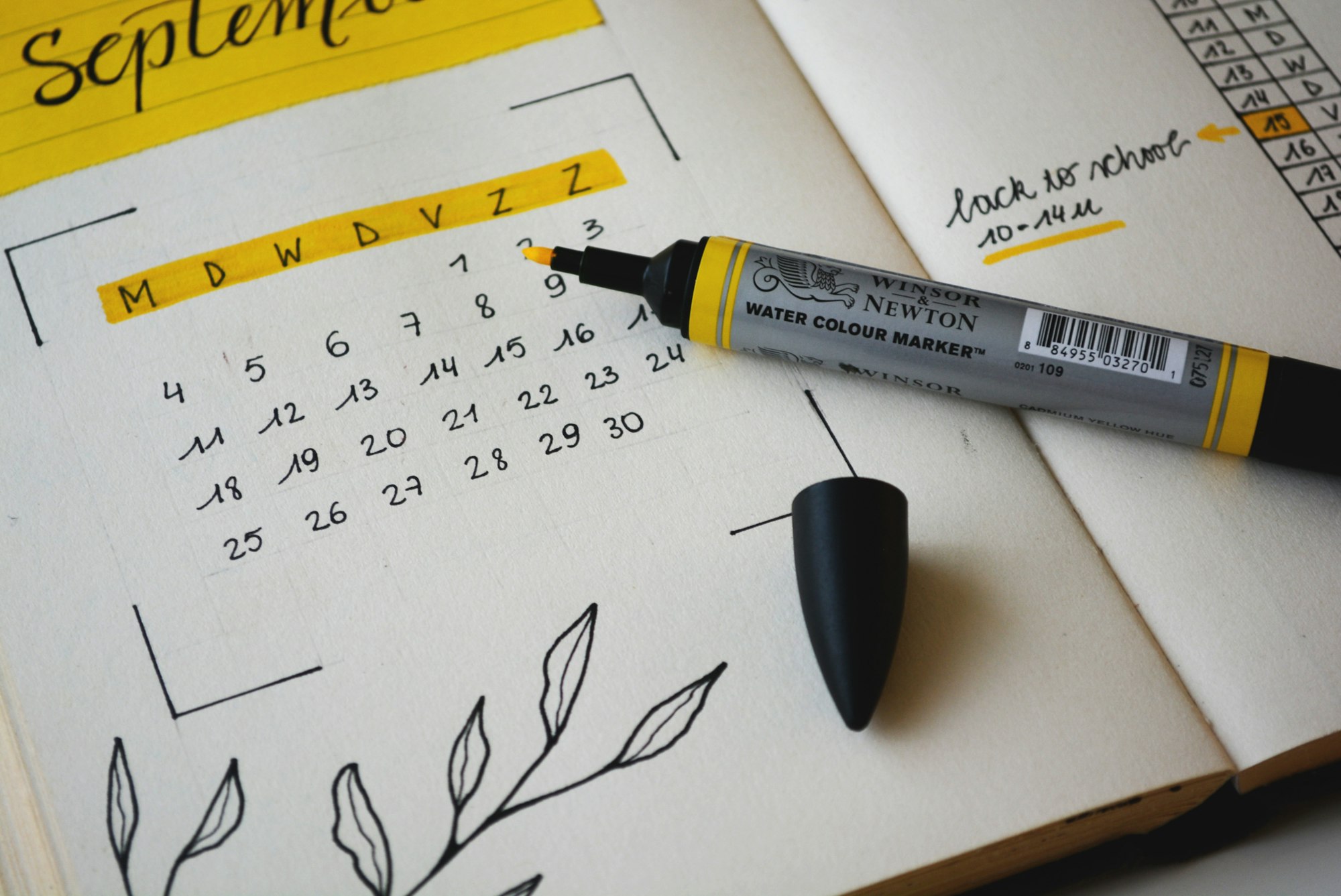
Cleaning regularly involves doing simple tasks that can be accomplished immediately and with low effort. For example, you wipe off dust and grime from your kitchen cupboards every day. Meanwhile. cleaning at a specific time pertains to scheduling a one-time big-time general cleaning of the entire kitchen cupboard.
When making a cleaning schedule, there must be a mix of the two attitudes mentioned above.
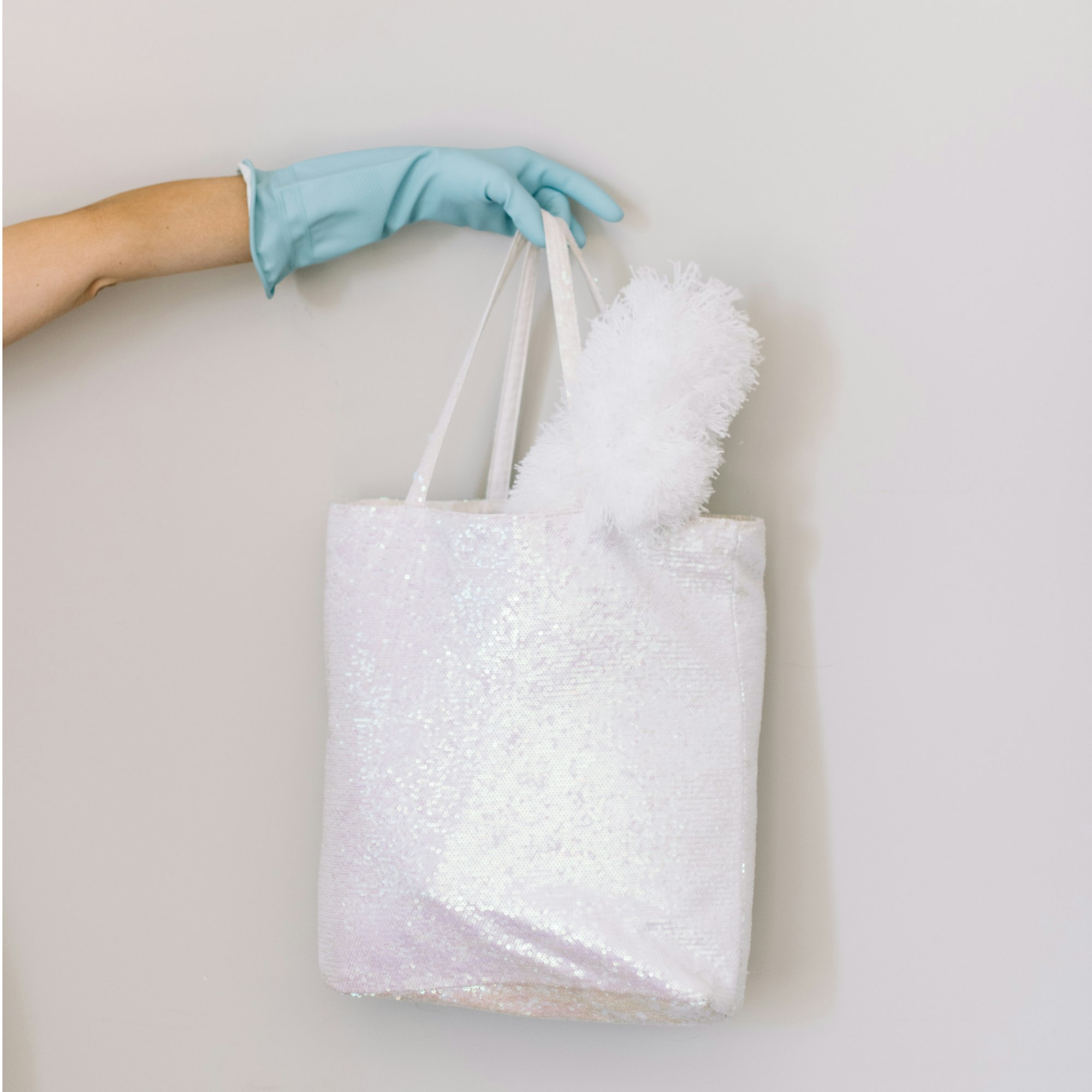
You are encouraged to dust off and sanitize your kitchen cupboards regularly. This avoids the accumulation of kitchen dirt that may become a bigger sanitation problem in the future.
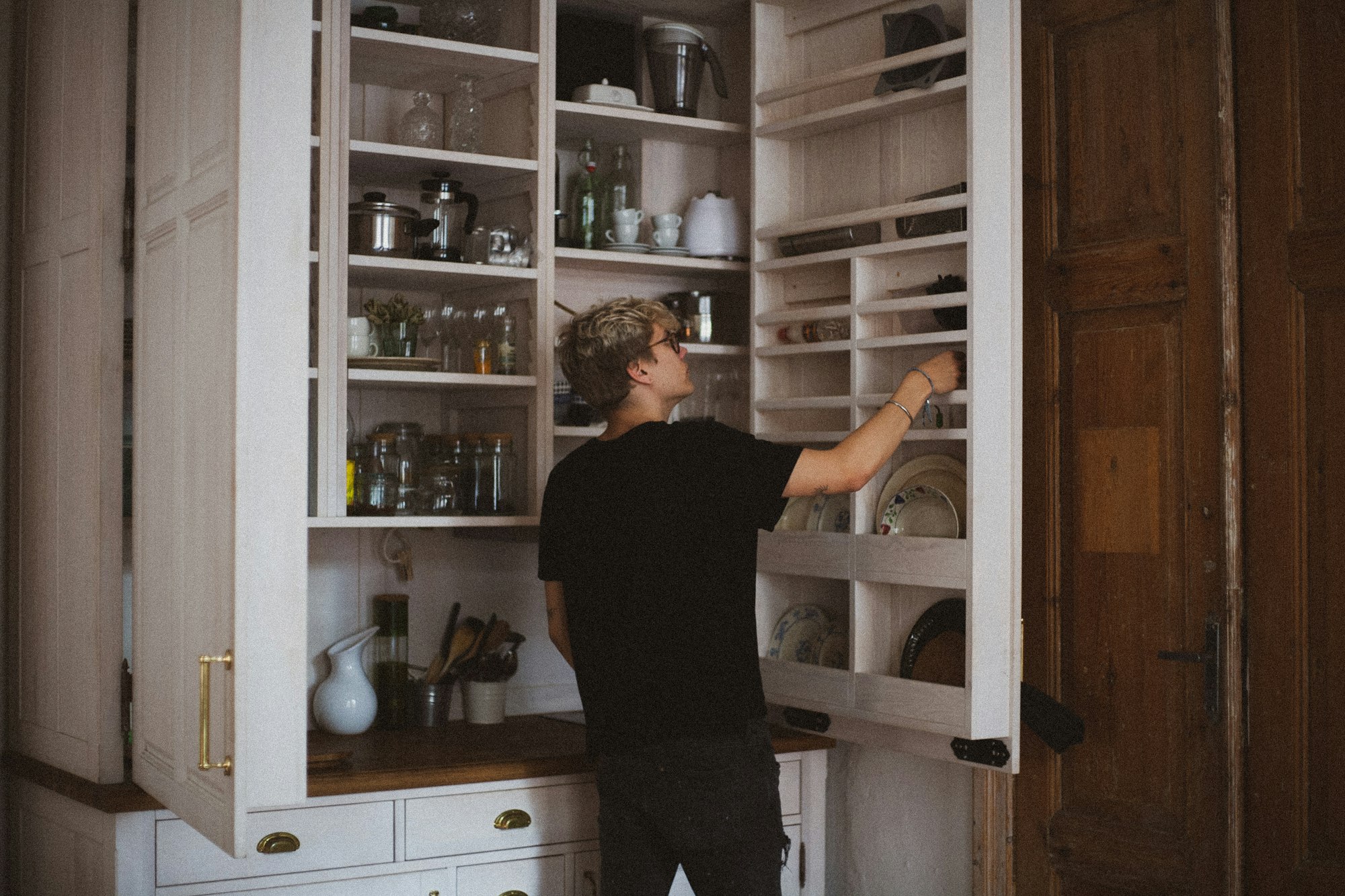
It is also a good practice to schedule deep cleaning 3-4 times a year. Both the exterior and interior of the kitchen cupboard are cleaned and sanitized.
3. Know The Type of Your Cabinet
It is important that you are aware of the type of kitchen cupboard you have. In this way, you can be more careful in choosing the cleaning products you will use. Enumerated below are some of the common types of kitchen cupboards:
-Wood
-Painted wooden surface
-Metal
-Glassdoor
-Laminate
Wooden Cupboards
Cleaning wooden kitchen cupboards often use general-purpose soap, water, and microfiber cloth. It is kept simple because corrosive cleaning products may damage the wood finish.
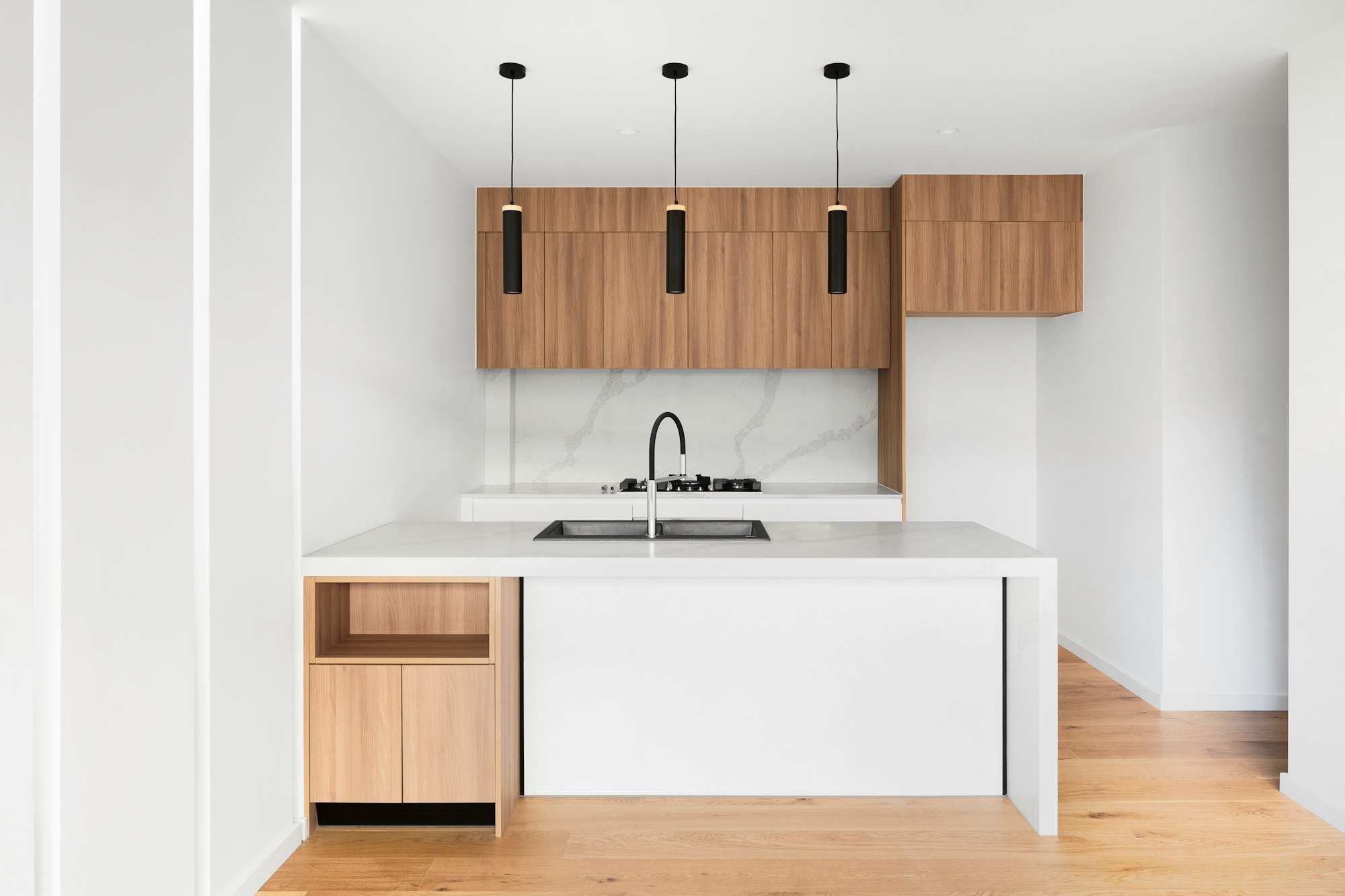
Over time, wooden kitchen cupboards also need reapplying of wood finish to maintain their warm and shiny wooden tone. Remember to wipe wet surfaces dry to prolong the effectiveness of your wood finish. This will also prevent dried water to leave spots on your cupboard surfaces.
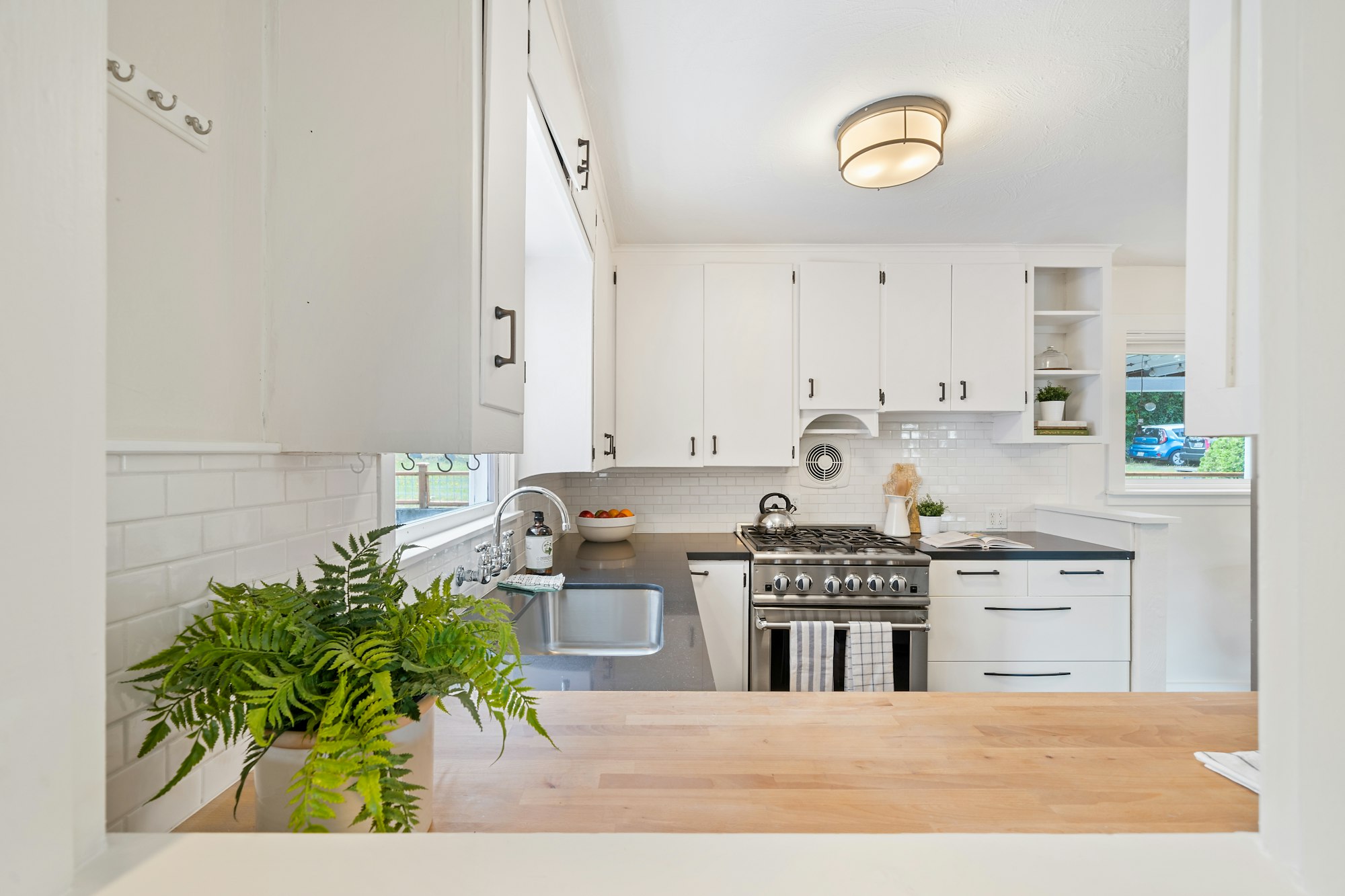
If your wooden cupboard has painted surfaces, you may add a brush with soft nylon bristles to your cleaning toolkit. A brush can scrub off stubborn stains on painted surfaces. But if your cupboard has latex or chalk paint, there is no need for the brush.
Metal Cupboards
Cleaning a metal cupboard is fairly easy. You can use warm soapy water and a microfiber cloth to get rid of grease and grime. For a better cleaning finish, you may also spray rubbing alcohol on the surface and wipe it dry.
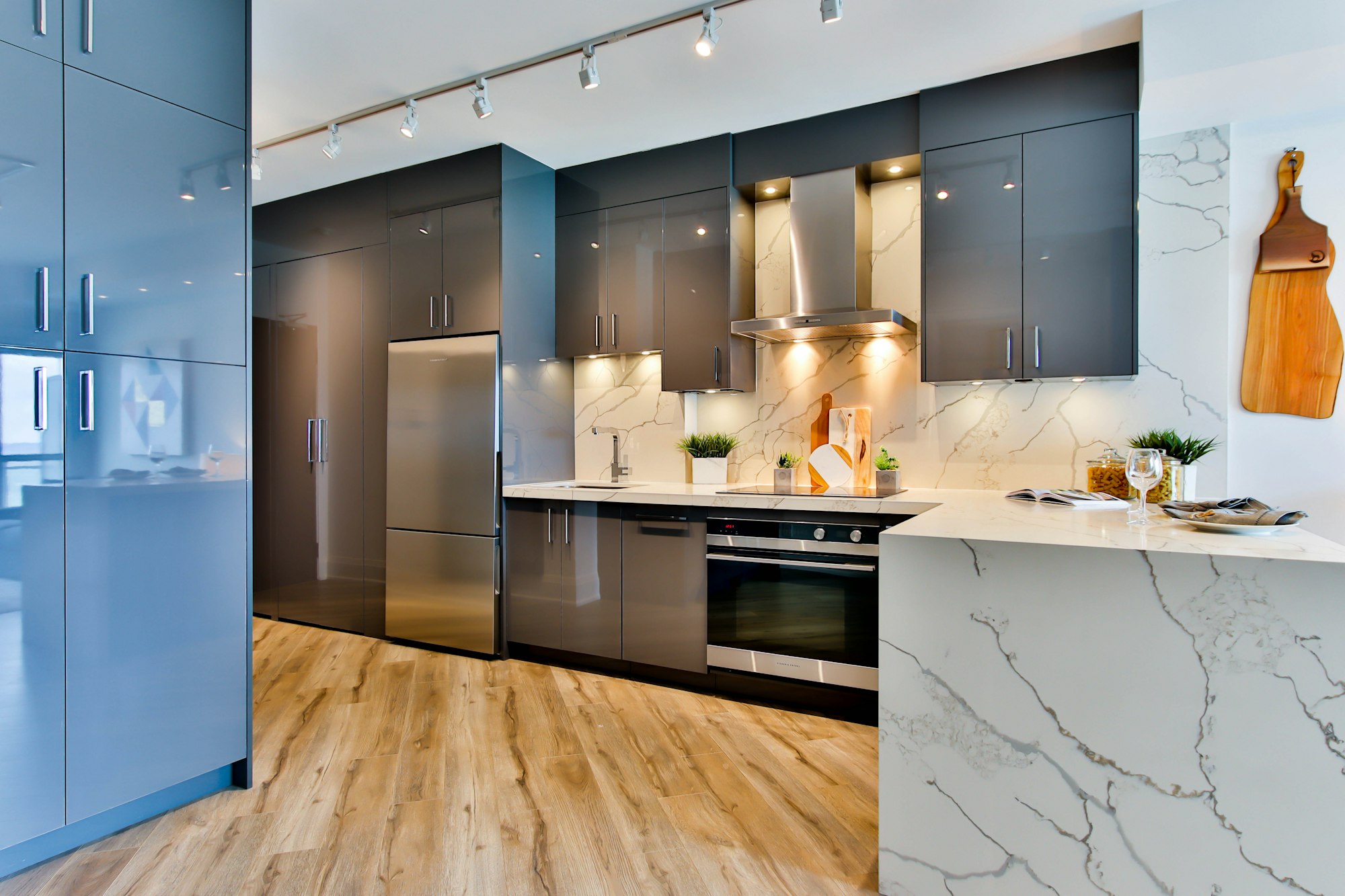
If you wish to polish the surfaces of your metal cupboards, you can check out metal waxes for kitchen countertops and cabinets.
Glassdoor Cupboards
Glassdoor cupboards usually have a wooden body with one surface made of glass. Glass is resistant to stains, deep-seated grease, and grime because it is non-porous. Dirt, oil, and water cannot penetrate through its surface.
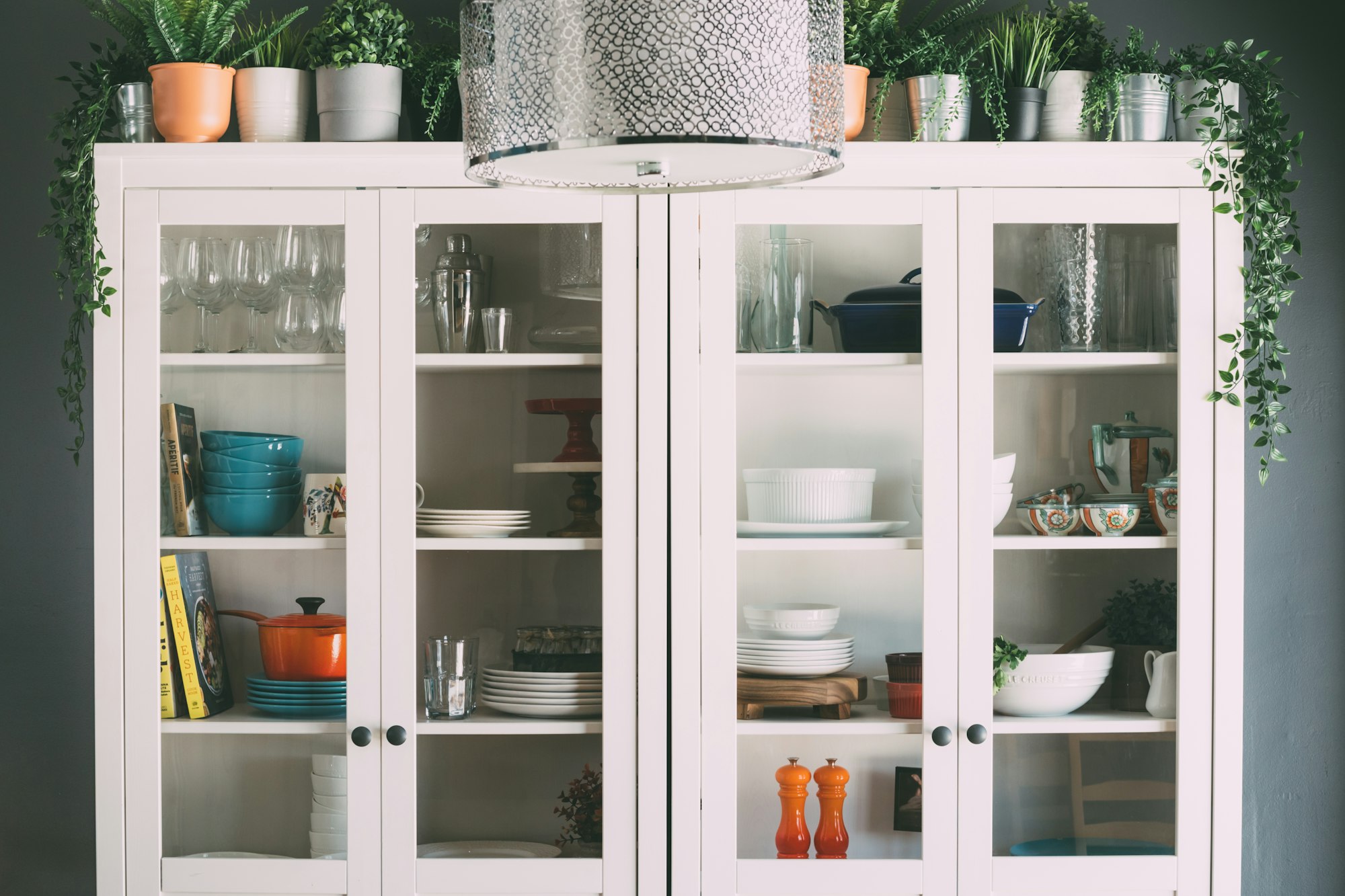
Water, soap, and microfiber cloth are enough for cleaning glass door cupboards. For a streak-free finish, you may mix water with white vinegar in a 1:1 ratio.
Laminate Cupboards
Laminate cupboards are coated with layers of stiffened paper mixed with resins. They can easily and quickly be cleaned with mild soap, water, and microfiber cloth. Laminate cupboards are also compatible with common cleaning products such as vinegar, lemon juice, and even bleach.

4. Remove Stubborn Stains This Way
A paste made from mixing a 1:2 ratio of baking soda and vinegar is effective against stains on laminate cupboards. Apply the paste to the stained area and let it sit for 5-10 minutes. Wipe off the paste from the cupboard surface to see the difference.

Stains on wooden cupboards can be eliminated by mixing 1 tablespoon of hydrogen peroxide with 1 cup of warm water. Use cotton balls to dab the solution on the stained area. Make sure to wipe off water and moisture from the wooden surface immediately.
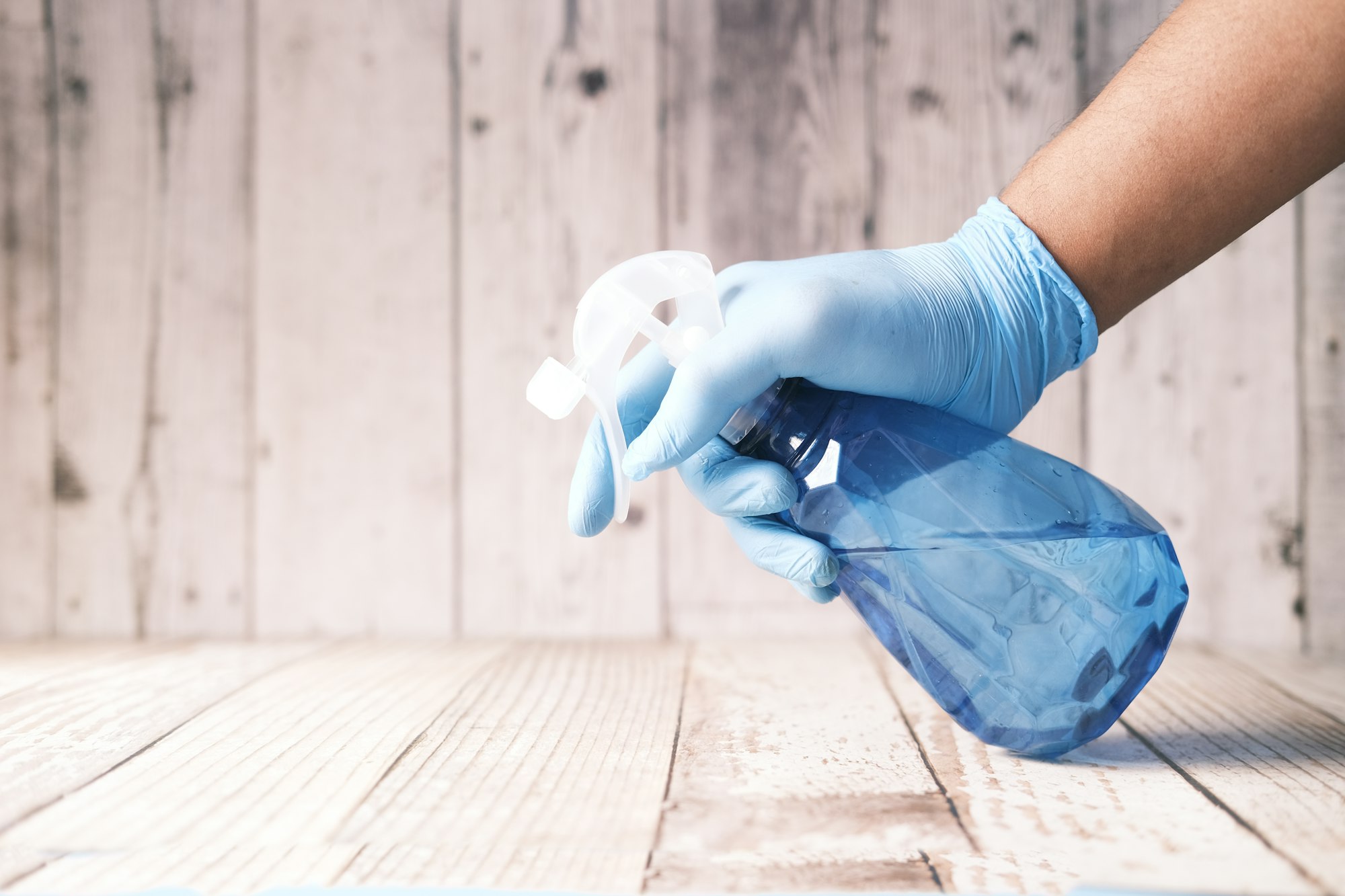
Metal stains and rust may be removed using a gentle stainless steel cleaner. You can use a store-bought cleaner or you can make one at home. Learn more about homemade stainless steel cleaner recipes here.
5. Consider Non-Toxic Cleaning Alternatives
Non-toxic cleaning alternatives are often made from mixing household staples like baking soda, vinegar, and lemon.

For a non-toxic alternative to chemical degreasers, you can mix half-cup baking soda with half-cup dishwashing liquid and 10 drops of lemon oil. Create a paste and apply a generous amount to areas you want to clean. Let the paste sit for 5-10 minutes before wiping it off. Rinse the surface with a damp cloth.
Take note that this paste will not store overnight. Only make the amount you will need.
For a non-toxic alternative to bleach, you may mix ¾ cup of lemon juice with 1 cup of 3% hydrogen peroxide. Apply the solution to surfaces you wish to clean.
In Summary
Cleaning and sanitizing your kitchen cupboards are important tasks in your household. It is highly encouraged for you to follow a convenient way to maintain them.
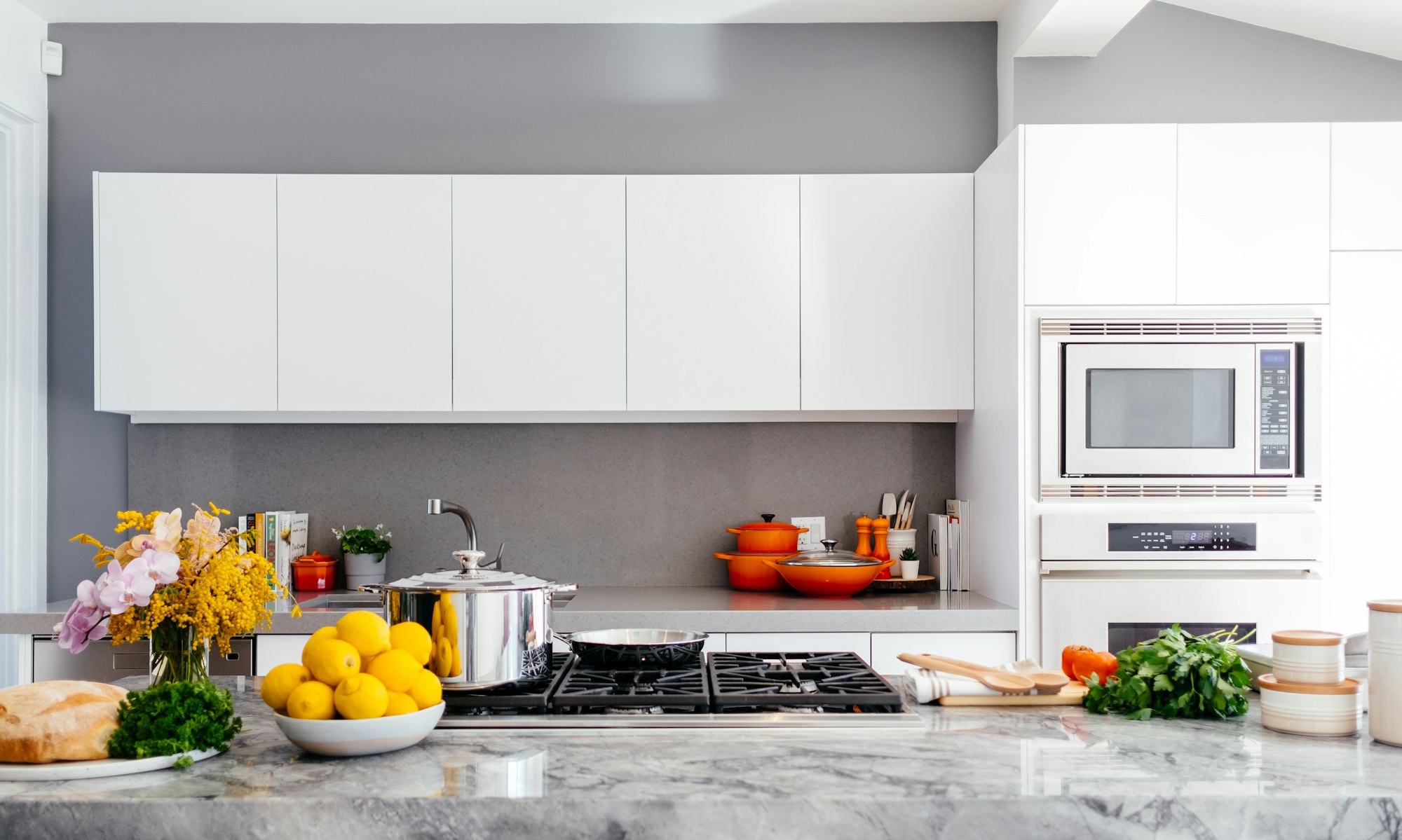
Consider the type of your kitchen cupboard and select cleaning products according to compatibility. Store-bought cleaning products or homemade alternatives both show good results when removing grease, grime, and stains. Just choose whichever fits your budget, lifestyle, and preferences.
What matters most is to follow a process that you can consistently do to safeguard your family’s health.
Sources:
Clean My Space. (2021). How to Clean Kitchen Cabinets (Clean My Space) [YouTube Video]. Retrieved from https://www.youtube.com/watch?v=VyaZSImWbSg
BH&G Editors. (2016, August 15). The Easiest Way to Clean Kitchen Cabinets, Including Those Tough Grease Stains. Retrieved October 1, 2021, from Better Homes & Gardens website: https://www.bhg.com/homekeeping/house-cleaning/tips/how-to-clean-kitchen-cabinets/
Clean My Space. (2017). The 5 most TOXIC cleaners in your home and safe DIY alternatives! [YouTube Video]. Retrieved from https://www.youtube.com/watch?v=araxXNF1q4Q
Kring, L. (2016, July 24). Ultimate Guide to Cleaning Kitchen Cabinets & Cupboards | Foodal. Retrieved October 1, 2021, from Foodal website: https://foodal.com/knowledge/cleaning/kitchen-cabinets/
